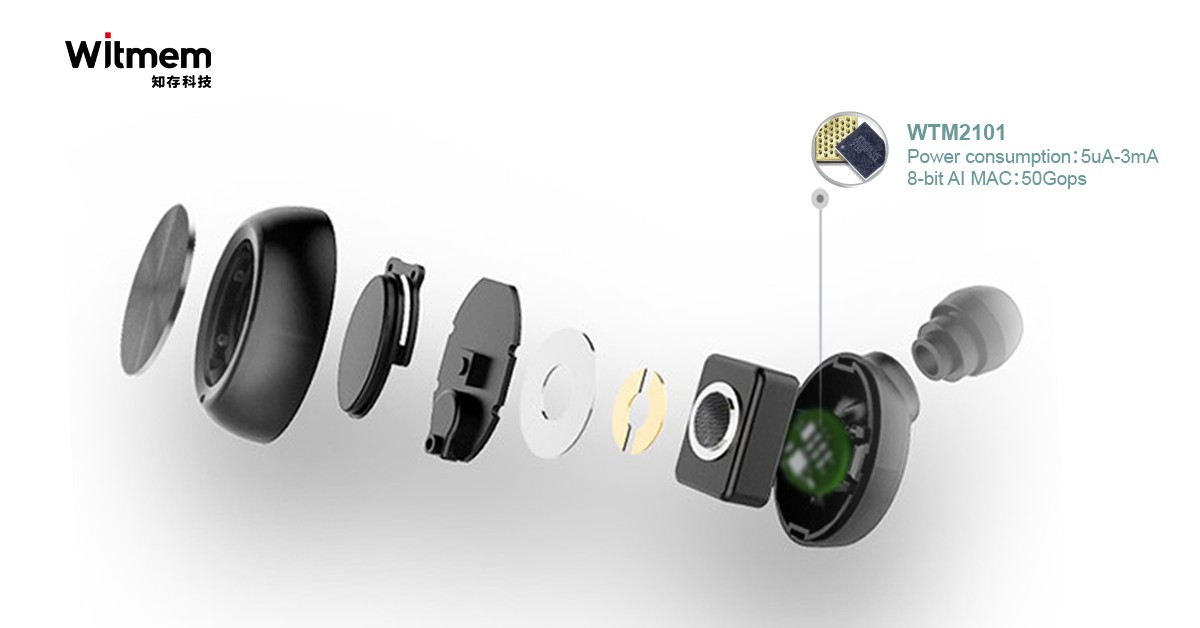How does AI-ENC play an important role in TWS smart earbuds
With the development of TWS technology and intelligence, TWS smart earbuds will play an important role in wireless connectivity, voice interaction, intelligent noise reduction, health monitoring, and hearing enhancement/protection, not just as standard equipment for smartphones, but even becoming an indispensable part of the human body. Noise reduction, hearing protection, intelligent translation, health monitoring, bone conduction+bone sound pattern, anti-loss, etc. will be the key technologies for TWS earbuds. Among them, noise reduction is the top priority, and the two mainstream active noise reduction modes on the market are ANC and ENC.
Active noise reduction is achieved through the collaboration of hardware (chips, sensors, microphone arrays, etc.) and software algorithms. Currently, TWS earbuds mainly have two active noise reduction methods: ANC and ENC.
(1) ANC noise reduction technology generates reverse sound waves equal to external noise through the internal noise reduction system of the earbuds, neutralizing them and achieving noise reduction effects. Active noise reduction earbuds generally consist of three parts: microphones responsible for capturing environmental noise, noise reduction chips responsible for noise analysis and processing, and speakers responsible for generating reverse sound waves.
(2) ENC noise reduction technology uses a dual microphone array to accurately calculate the position of the speaker, protecting the target speech in the main direction while eliminating environmental interference noise. ENC technology can suppress 90% of reverse environmental noise, providing users with high-quality voice call effects.
ENC noise reduction has higher requirements for computing power. WTM2101 is an AI chip designed for speech recognition scenarios, and its AI-ENC noise reduction technology is an important feature. Based on neural network algorithms, based on deep learning and classification, it can accurately recognize and eliminate these noises in actual key environments, and its objective speech quality evaluation and short-term objective comprehensibility are better than traditional algorithms, while also having low latency, high computing power, and low power consumption.

Specifically, the AI-ENC noise reduction technology in WTM2101 can be achieved through the following steps:
Environmental noise collection: dual-microphone noise collection, collecting low-frequency/high-frequency noise from near and far distances.
Signal pre-processing: pre-processing the collected speech signal, such as removing echo, filtering, etc.
Noise modeling: modeling the collected environmental noise for subsequent noise reduction processing.
Noise reduction processing: using the modeled environmental noise model to reduce the impact of environmental noise on the collected speech signal.
Output human voice: output clean human voice during communication after noise reduction processing.

In addition, the WTM2101 chip is based on storage and computing integration technology, with high computing power and low power consumption, which can greatly support various speech recognition scenarios, such as smart speakers, smartphones, voice assistants, etc. In these scenarios, users often face environmental noise interference from different directions, and AI-ENC noise reduction technology can effectively reduce the impact of these noises, thereby improving the accuracy and stability of speech recognition. At the same time, this technology can also be applied to remote meetings, telephone conferences and other scenarios to improve the quality of voice communication.
评论
发表评论